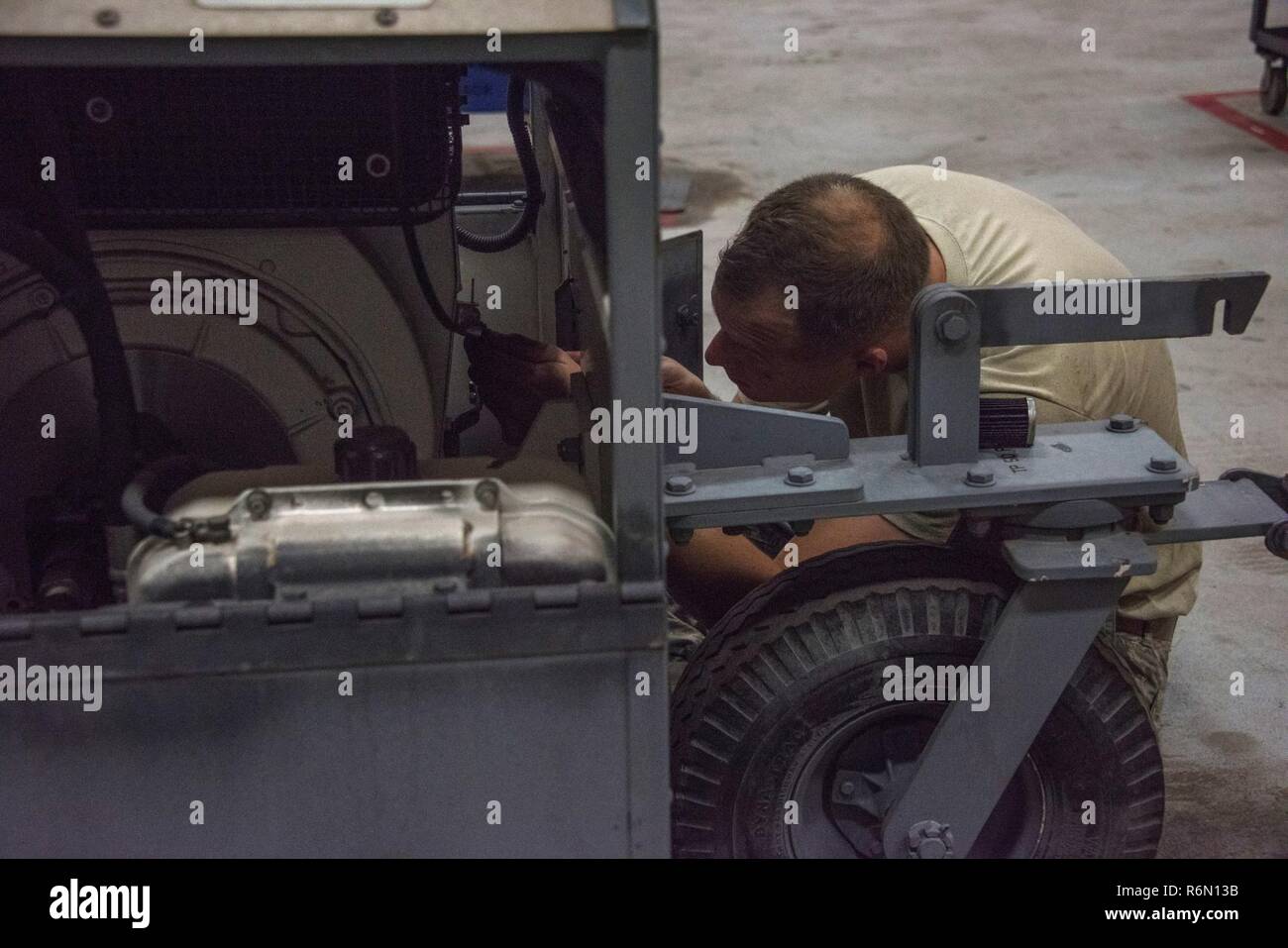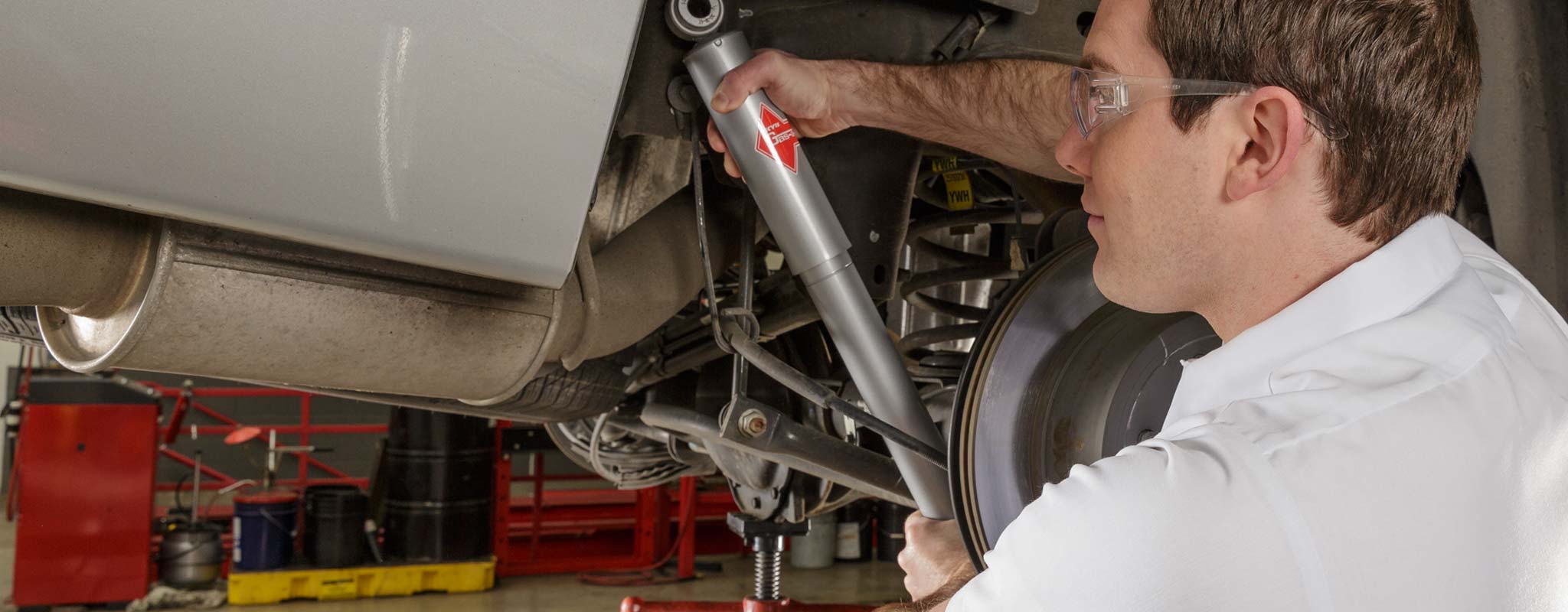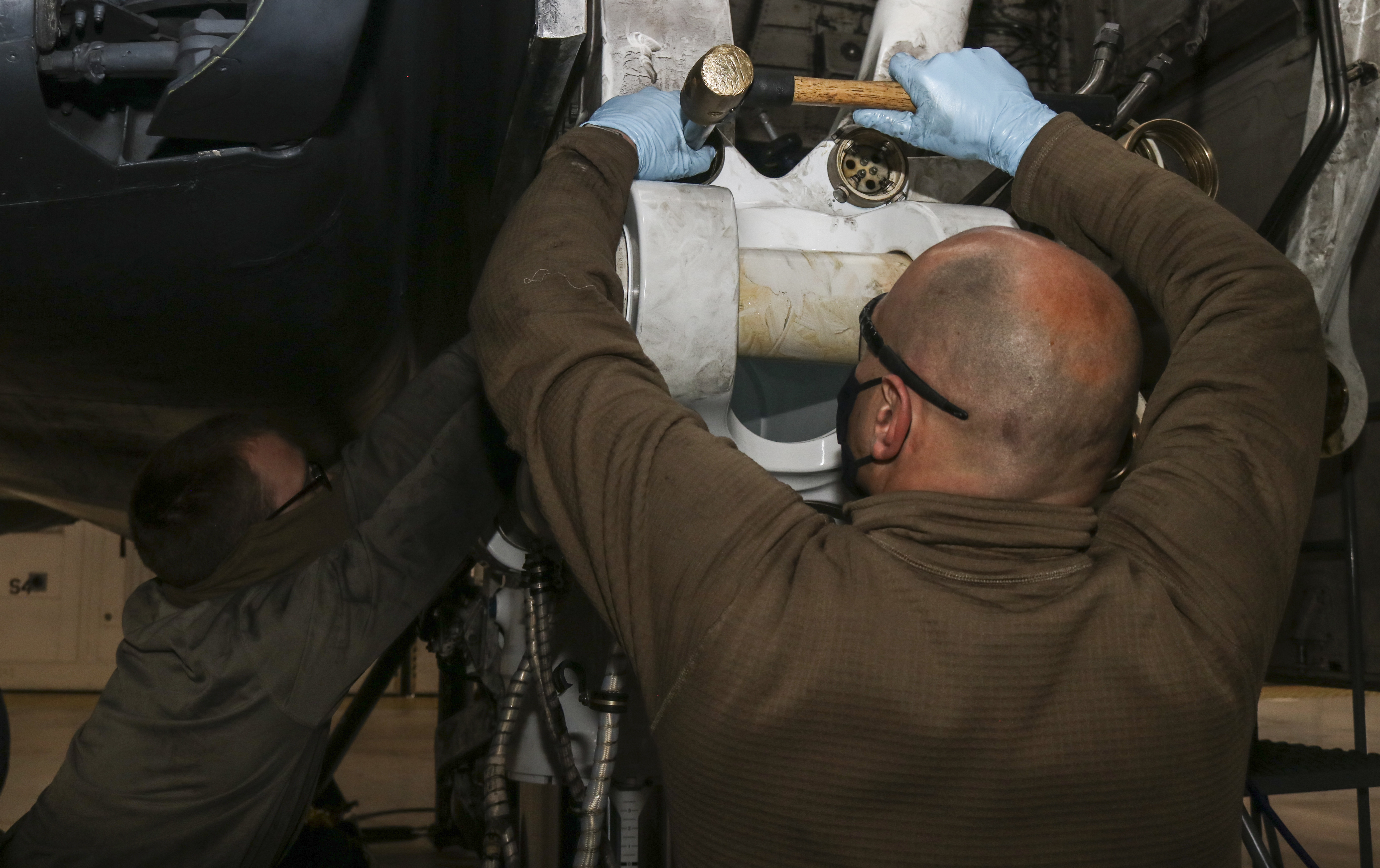Aircraft Strut Servicing - Landing Gear Damper Care How to Fill Your Aircraft's Dampers with Hydraulic Fluid and Nitrogen Watch Promotion
I'm a podcasting aircraft mechanic who loves both planes and people. I have been with Classic Aviation, LLC in the Shenandoah Valley of Virginia for the past 25 years.
Aircraft Strut Servicing
In November 2015 I started the Aircraft Owner Support Podcast and the best part was meeting cool aircraft owners.
Strut Service On A Cessna 400? Just Pull The Cowls, Jack The Plane, And Remove The Nose Gear.
I love to learn and I love to teach strategic maintenance content to aircraft owners. Whether you are new to aviation or an experienced pilot, I am interested in your further development and training!
If you are ready to take your safety wiring skills to a whole new level or learn how to service your landing gear shocks, I would be honored to be your instructor.
The course starts now and never ends! This is a completely self-paced online course - you decide when to start and when to finish.
How does lifetime access sound? Once you've registered, you have unlimited access to this course for as long as you want - on all the devices you own.
Strut Service Tool Nlg
We would never want you to be unhappy! If you are not satisfied with your purchase, contact us within the first 30 days and we will give you a full refund. That Cessna nose strut is over inflated. Overinflating the nose strut can make steering difficult as there is a centering cam designed to keep the nose wheel upright once the strut is extended. Too much air pressure can cause the cam to grip the ground and make steering difficult or impossible.
In the third article in the Do-It-Yourself series for pilots, A&P Jacqueline Shipe looks at the steps an owner can take to properly service their aircraft's props.
Among the preventive maintenance items listed in FAR 43 Appendix A that pilots can legally perform on an aircraft they own is prop servicing.

Each aircraft's struts serve a critical purpose. They provide the necessary shock absorption to prevent excessive loading of the airframe due to the shock loads experienced during landing.
Landing Gear Shock Strut Servicing
Even taxi operations put stress on the airframe every time the equipment encounters a bump or uneven surface.
There are several different types of braces used to absorb shock. Over the years, aircraft manufacturers have used various materials to limit the stresses of landing shock. Some used rubber bands, bungee cords and spring steel.
The most common type found in most aircraft (and the only type used in relatively heavy aircraft, from light twins to jets) is the hydraulic air/oil cylinder, also referred to as oleo mounts in some manuals . The oleo strut is very reliable, withstands large loads and is quite simple in design.
An oil strut uses air pressure and hydraulic fluid to create a spring effect. The strut consists of an outer casing called a cylinder and an inner piston connected to the nose fork or main axle. The piston part of the strut is the part that is driven up and down.
K 3706 K3706 High Pressure Aircraft Landing Strut Service Adaptor Tronair
There are different styles and configurations, but all props have hydraulic fluid at the bottom of the prop and compressed air (or nitrogen) at the top. As the piston is driven into the cylinder upon landing, the fluid is forced through an opening called an orifice, slowing the flow rate.
Some manufacturers use a dipstick attached to the piston. The pin is mounted in such a way that it is pushed up through the hole with the fluid. It sticks up through the hole, is thin in the middle and wider at both ends.
Its shape is tapered so that as the piston reaches the top of its stroke, less and less fluid can enter through the bore. This gradually slows down the fluid flow and slows down the piston. Meanwhile, the pressure of the compressed air increases continuously as the piston moves up, reducing the volume of the space in the upper chamber.

Eventually, the increased pressure of the compressed air overcomes the decreasing fluid pressure and forces the piston to extend. As the fluid flows in the other direction, its flow is impeded at a constant rate by the opposite side of the metering pin, gradually slowing down the flow of fluid in the opposite direction. This causes any oscillations to be extinguished and the aircraft to return to its normal static height above the ground.
Aircraft Strut Service Tool
Some models do not use metering pins, but have metering tubes with different sized holes in them that slow the flow rate when the piston reaches both ends of its stroke. Some manufacturers do not use gauge pins or tubes, but instead use stop plates with holes in them to achieve the same effect.
With each model, the prop must have the correct amount of fluid and air to function properly. The fluid used to service the shock absorbers is MIL-H-5606 mineral based hydraulic fluid (red).
5606 is sold by the liter and in liters. It's good to have supplies on hand, not only for carriers, but also for filling brake and gear reservoirs. It usually takes about a gallon of hydraulic fluid to service three props.
Nitrogen is better than compressed air for prop duty because it is drier and does not change in pressure as much as air; it is also less corrosive to the inside of the strut housing.
Buy Falcon Strut Fill Adapter
However, nitrogen is not always readily available. One needs a regulator and high-pressure hose in addition to a nitrogen cylinder, and the cost for all items can exceed $500.
If nitrogen is not available, air pressure from a standard air compressor is usually sufficient to ventilate the nasal prop. Nose restraints do not require as much pressure as head restraints.
All single-engine Cessna series have an inflatable nose strut only; nets are solid or tubular steel.

If the required pressure is beyond the capabilities of a standard air compressor, a booster can increase the compressor's air to a high enough level to inflate the props. They are available for around $200.
Buy Online Digital Aircraft Strut Service Gauge
Although Piper jets may require 200 psi, single-engine Cessna nose struts do not require as much pressure. As long as the tail can be lowered a bit, a regular air compressor producing at least 130 psi works well for Cessna singles.
However, the Cessna's dual main and nose struts require a lot of thrust. It would be best for a twin Cessna (or any twin, period) to always use nitrogen, due to the increased weight of a twin-engine aircraft and the more extreme temperature changes.
A disposal box or container and a piece of clear hose will be needed to catch the old hydraulic fluid as it is squeezed out during prop service.
The tools one needs to service the strut include about three feet of clear flexible tubing with a ¼ inch bore (inner diameter) to fit over the Schrader valve; valve stem tools; and an empty liter-sized container to catch the old liquid.
Strut Service Kit, Nose Gear, Piper Navajo Pa31 300, 310, 325 And 350. 104 Pppa31nssk
The aircraft must pitch up, or at least nose up if only the nose is being serviced.
With the airplane up, slowly remove the valve stem from the filler valve at the top of the strut. It is best to loosen it enough to release the air pressure and then remove it completely after the pressure has dropped. A small stream of hydraulic fluid comes out with the air pressure, so it's a good idea to have a rag handy.
Once the valve stem is removed, push the tubing over the open Schrader valve and place the other end into the empty container. Then push the strut to its fully retracted position. Any old fluid will be expelled.
Then remove the old fluid reservoir and place the hose in a can with at least half a liter of clean new hydraulic fluid. Then pull the brace down to its maximum extended position. Suction will draw the liquid; it will continue to siphon for a few seconds after the brace is fully extended.
Strut Service Kit, Nose Gear, Piper Pa 34 200 & 200t. (previously 104 Pppa34nssk)
Then slowly push the strut to its fully retracted position. As some of the liquid is pushed back, air bubbles will also escape.
Extend the prop again and repeat the process until all the liquid comes out as a solid stream on the pressure stroke.
Once all air bubbles are removed, the strut will be significantly more difficult to push into its collapsed position. After the strut is completely collapsed, the hose must be removed from the valve and the valve core reinstalled.
This process is called prop bleeding, and it is the only way to get the correct amount of hydraulic fluid into the inner cylinder chambers.
C5 Galaxy Nose Landing Gear Explosion Due To Improper Servicing To The Strut
There is no way to just pump some fluid into the strut; the strut must be filled through this bleeding process. If the process is not followed, large air pockets can form in the lower chamber
Aircraft strut servicing tool, nfpa 407 standard for aircraft fuel servicing, oleo strut servicing, aircraft strut, aircraft oxygen servicing equipment, aircraft oxygen servicing, servicing, aircraft strut pump, aircraft shock strut, aircraft servicing, aircraft servicing equipment, aircraft nitrogen servicing cart

0 Comments